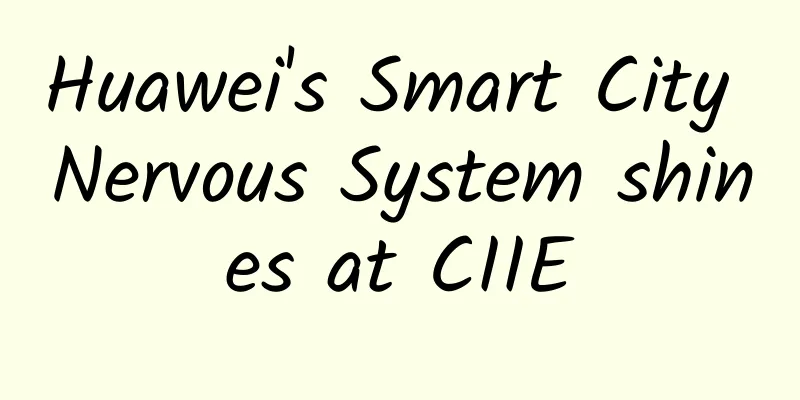How unified communications technologies can support long-term remote work

|
Organizations implementing long-term remote work require unified communications. To ensure effective communication among employees, organizations need to adopt some communication tools. Remote work is a reality for most organizations for the foreseeable future. The coronavirus outbreak this year has caused many organizations to close their offices and quickly deploy unified communications (UC) tools to support employees working remotely from home. But as the outbreak continues to spread, organizations need a strong unified communications (UC) strategy to better carry out long-term remote work. This means organizations must not only deploy video conferencing applications to replace in-person, on-site meetings, but also carefully evaluate unified communications (UC) software to create work hubs that support employee communication and collaboration. Teamwork contextualizes communication Long-term remote work requires employees to communicate and interact in different ways. Team collaboration tools can provide remote employees with a work hub where communication can be centralized. Most team collaboration tools offer video and voice capabilities, so organizations can escalate chat sessions to calls as needed. Third-party application integrations, including file storage, project management, and calendaring, can create a more contextual experience based on the team's work area. Leveraging these features to make team collaboration a work center can change employee workflows to better support long-term remote work. Team collaboration can also mimic the more casual, cool chat style that is often missing from remote work communications. For example, employees can set up social channels to discuss interests and hobbies. But organizations must carefully manage and control team collaboration tools. While organizations can standardize on one or two applications, most team collaboration vendors offer some free versions that users can download without permission or knowledge. Adopting multiple team collaboration tools creates management headaches, especially in terms of security and compliance. Organizations planning to deploy multiple collaboration tools must ensure that they meet regulatory requirements. To avoid deploying shadow IT, organizations should conduct internal surveys before deployment to determine employees' communication and collaboration needs and ultimately determine the tools that meet those needs. Organizations can follow these tips to support employees working remotely from home. (1) Expand video communications across the organization When the pandemic caused organizations to close their offices, video communications became the unified communications (UC) application that most organizations used to keep employees connected and maintain business continuity. More and more organizations are planning to expand video to other business areas. A study by Nemertes Research shows that more and more organizations are investing in video conferencing software to increase employee engagement and make remote work more effective. While conferencing remains the primary use case for video communications, many organizations are looking to use video for training, employee communications, and municipal communications. Some organizations are also developing custom video applications for telemedicine and customer support. Others are evaluating tools to better support collaboration in virtual meetings. For example, ideation becomes a challenge when remote workers can’t use a conference room whiteboard to brainstorm, take notes, or annotate designs. The virtual whiteboard app can meet many ideation needs of remote teams. Its app features include project and workflow templates, cross-device access, and third-party app integration, including team collaboration and file storage. (2) Mobile unified communications (UC) and software-based mobile phones enable voice calls anytime, anywhere When organizations shut down their premises, employees were unable to use the landline phones that organizations use to talk to clients. But software-based alternatives allow users to take their business phone number with them anywhere. Softphones are replacements for landline desk phones that often include additional features like video and chat. Software-based alternatives to landlines can save organizations money. Enterprise-grade landlines can cost $100 to $500 per month per unit, which can be a significant expense for large organizations. Deploying mobile phones as desktop clients or installing mobile apps can reduce hardware costs. Softphones and other software-based voice services can provide features that facilitate long-term remote work and save costs. Mobile UC is becoming increasingly important as organizations look to provide a more consistent remote work communications experience. Many enterprise-grade services have become just as secure and reliable as traditional UC services and are more feature-rich. Users can install mobile collaboration applications on their devices, log in with employee credentials and access their communication services. Mobile UC applications are easier to deploy in a home environment than PC clients, especially when the endpoints are not owned or managed by the organization. Mobile UC also allows users to switch between applications and devices with less disruption to communications. |
<<: How the Network Supports Zero Trust
>>: Good news: Market forecasts 5G smartphone shipments to increase, but prices to continue to fall
Recommend
Ten Wi-Fi predictions for 2024 and beyond
As available spectrum increases around the world,...
The pain of transformation in the gaming industry is evident as Digital Sky successfully breaks through with the help of Huawei Cloud
[51CTO.com original article] In 2017, the total r...
What is the value of 5G at the edge?
A lot of people have been questioning the value o...
Brocade Expands Data Center Networking Solutions to Accelerate Digital Transformation
Brocade today announced the expansion of the Broc...
5G penetrates into the B-end market and promotes the digital transformation of the industry
The core of 5G technology lies in the development...
Can you distinguish between distribution, high concurrency and multithreading?
When these three words are mentioned, do many peo...
What is Wi-Fi 7, how will it enhance connectivity, and which devices will be available?
Wi-Fi 7 is the latest generation and will be stan...
GreenCloudVPS 8th Anniversary Event, 50% off on annual VPS
GreenCloudVPS released an email about its 8th ann...
[Black Friday] LiteServer: 60% off VPS in the Netherlands, large hard drive VPS/large traffic VPS monthly payment starting from 2.4 euros
LiteServer's Black Friday promotion lasts unt...
10 best practices to make your first IoT project a success
A recent Cisco study found that 75% of IoT projec...
edgeNAT VPS 30% off monthly payment, 40% off annual payment, deposit 500 and get 100 yuan, US/Hong Kong/Korea data center
edgeNAT has launched a promotion in February to w...
State Council: Promote broadband "speed increase and fee reduction" to improve people's "sense of gain"
The State Council Executive Meeting reviewed and ...
"You may need to change your SIM card to use 5G" is a hot topic due to concerns about user experience
One person’s opinion Users hope that operators ca...
Actual combat case: The hospital egress router is cut over. Once the intranet device is connected, the router interface cannot be accessed? Amazing!
Background XX Company is an engineering company s...
5G new call concepts and key technologies
Labs Guide The pursuit of communication technolog...









